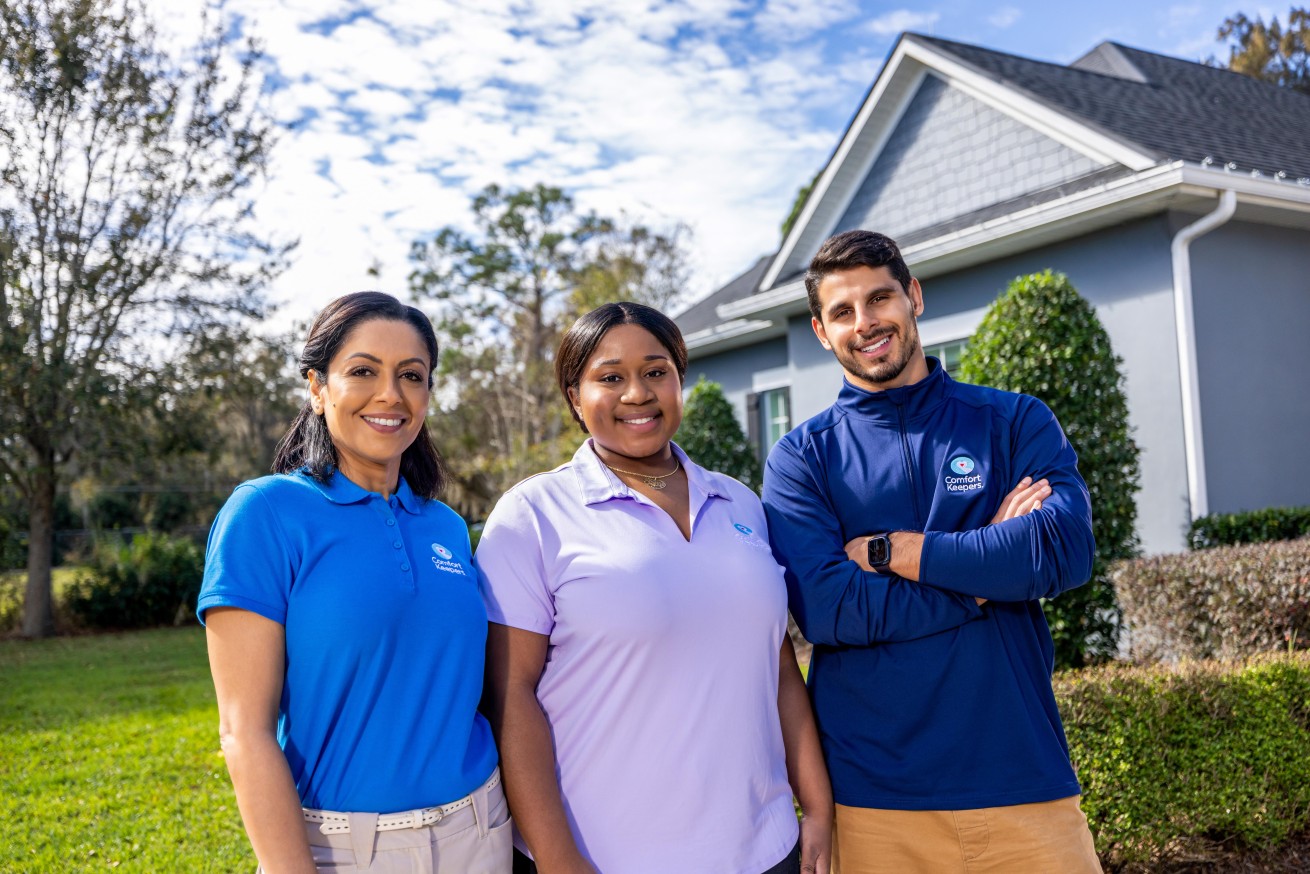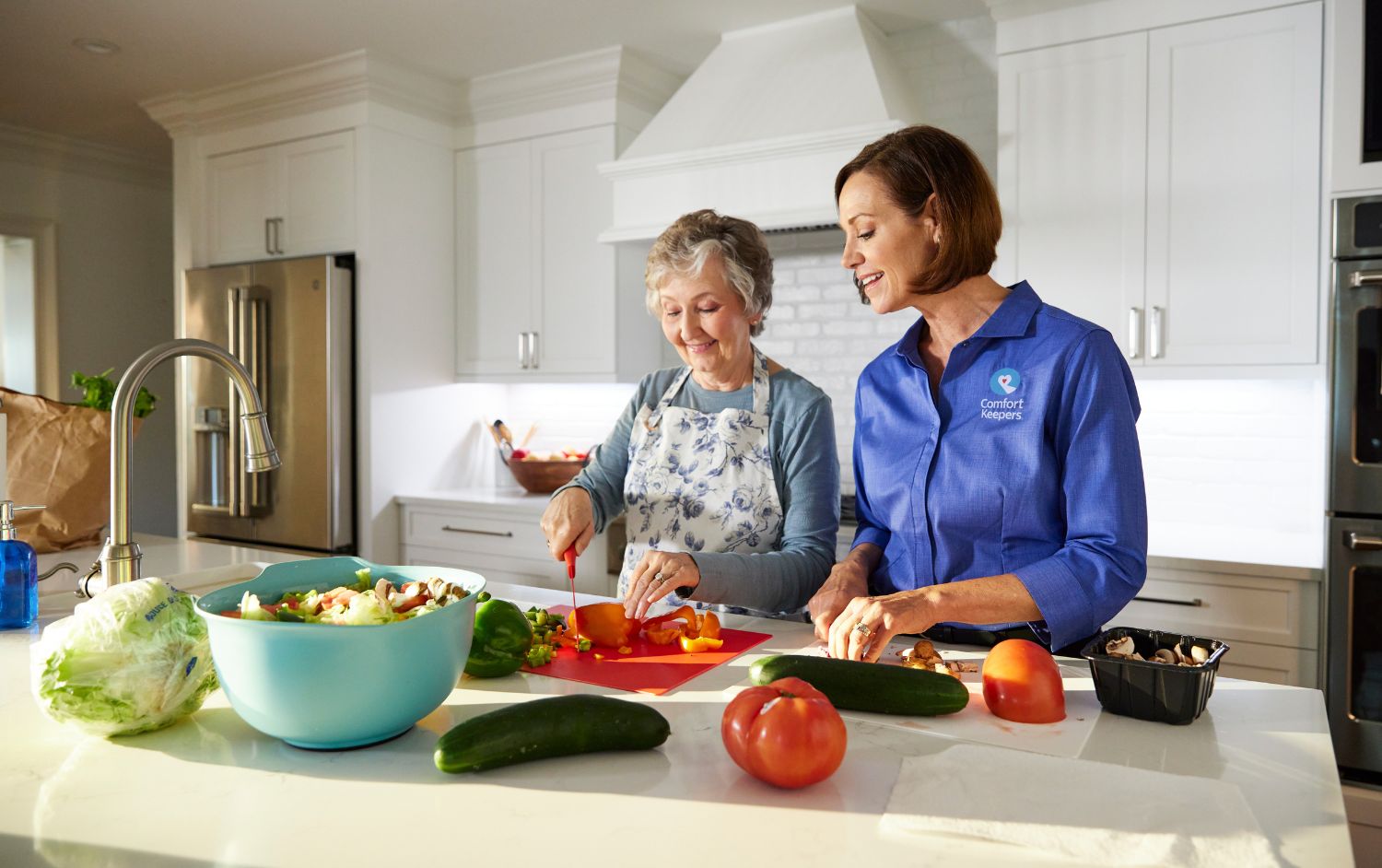Home Health Care: Glaucoma Facts for Seniors
Victoria Senior Home Care | January 28, 2018

What Every Senior in Victoria, BC, Needs to Know About Glaucoma and Home Health Care
Glaucoma Facts for Seniors | Glaucoma is a painless, yet serious disease since it can cause damage to the optic nerve, which connects the eye to the brain and enables vision. Glaucoma is a leading cause of blindness and is often found in the elderly. Experts from home health care services have outlined the glaucoma risk factors, symptoms, causes, and treatments.
Glaucoma Facts for Seniors:
#1. Risk Factors
Glaucoma has several risk factors, the greatest being the high pressure of the eye. A family history of glaucoma as well as shock, anemia, or steroid use is another risk. Other risks include eye issues such as previous injury, old age, thin corneas, and nearsightedness.
#2. Symptoms of Glaucoma
Of the five types of glaucoma, the most common is open-angle glaucoma. The elderly must visit their ophthalmologist yearly because this type has no signs or symptoms besides a gradual decline.
One other type is called narrow-angle glaucoma, and it is serious enough to be considered a medical emergency. Some symptoms are eye redness, severe pain in the eye, blurry vision or seeing light halos, nausea, and vomiting. Seniors who experience these symptoms should go to a doctor right away.
#3. Causes of Glaucoma
In most cases, glaucoma occurs due to drainage problems of the eye. Fluid will increase pressure inside the eye, and press the optic nerve. High pressure over time can cause vision loss or even blindness. People with normal eye pressure can experience glaucoma with poor blood circulation to the optic nerve or a weakened nerve.
#4. Glaucoma Treatments
a. Eye Drops: Doctors can treat glaucoma in some ways, but the most common treatment is the application of eye drops. Eye drops help increase the outflow of fluids from the eye, and reduce fluid formation. Glaucoma eye drop side effects include redness, stinging, and irritation. Patients should inform doctors about any allergies to medicine, and if the eye drops do not work they can be prescribed an oral medication.
b. Laser Surgery: Another option to treat glaucoma is laser surgery. Laser surgery can help increase eye fluid flow in people with open-angle glaucoma, or help stop fluid blockage for people with angle-closure glaucoma. Some of the different laser surgeries include trabeculoplasty, cyclophotocoagulation, and iridotomy.
c. Healthy Diet: Treatment for glaucoma can be done through changes in daily living at home. According to home health care services, seniors should eat a healthy diet of omega-3 fatty acids and dark leafy greens, get exercise, and sleep with their heads elevated.
Although glaucoma cannot be prevented, it can be controlled with an early diagnosis and treatment. A yearly trip to the ophthalmologist is crucial for eye health so seniors can experience their golden years with a reduced risk of blindness and a higher quality of life.
The Best Senior Home Care Provider in Victoria, BC, is Comfort Keepers®
Firstly, if you are concerned about the health and well-being of your aging loved ones, we can help with 24-hour care. We offer senior care, post-surgery care, palliative care, personal care, senior living transition services, and much more!
Comfort Keepers® Victoria Provides In-Home Elderly Care Services
Aging in place means keeping seniors happy and healthy at home. Comfort Keepers® trained caregivers provide seniors with the highest quality of life possible. In particular, our Interactive Caregiving™ system provides care that addresses safety, nutrition, mind, body, and activities of daily living.
Comfort Keepers® Victoria In-Home Caregivers Can Help with Interactive Caregiving™
Personal and empathetic care starts in the heart and allows us to meet our clients’ needs. Our philosophy is to elevate the human spirit. Our caregivers will be there every step of the way to ensure your loved one has a better quality of life.
Senior Homecare in Victoria, BC
Our unique services offer families respite care, overnight care, personal care, companionship care, palliative care, and end-of-life care. To learn more, contact the Comfort Keepers Victoria office.
Comfort Keepers® Victoria is Proud to Provide Senior Care and Home Care Services to Keep Seniors Safe in Their Homes
If you are searching for home care near you, we can help! Comfort Keepers® Victoria can provide home care for Victoria and surrounding areas. Service territory includes Colwood, Saanich, Sidney, James Bay, and Oak Bay. Please call (778) 265-5999 and learn how your loved ones can receive compassionate, professional in-home care.
Quality and Accredited Respite Care for British Columbia Families
Comfort Keepers® Victoria has achieved Exemplary Standing accreditation from Accreditation Canada. This accreditation, a rigorous evaluation of organizational processes, policies, and procedures against established quality standards by industry experts, signifies that Comfort Keepers’ offices have successfully met or surpassed the stringent benchmarks for Home Care companies as defined by Accreditation Canada.
Individualized Home Care Options
Long-Term Home Care, 24 Hour Home Care & Short Term Care Options Customized for You






